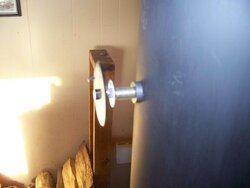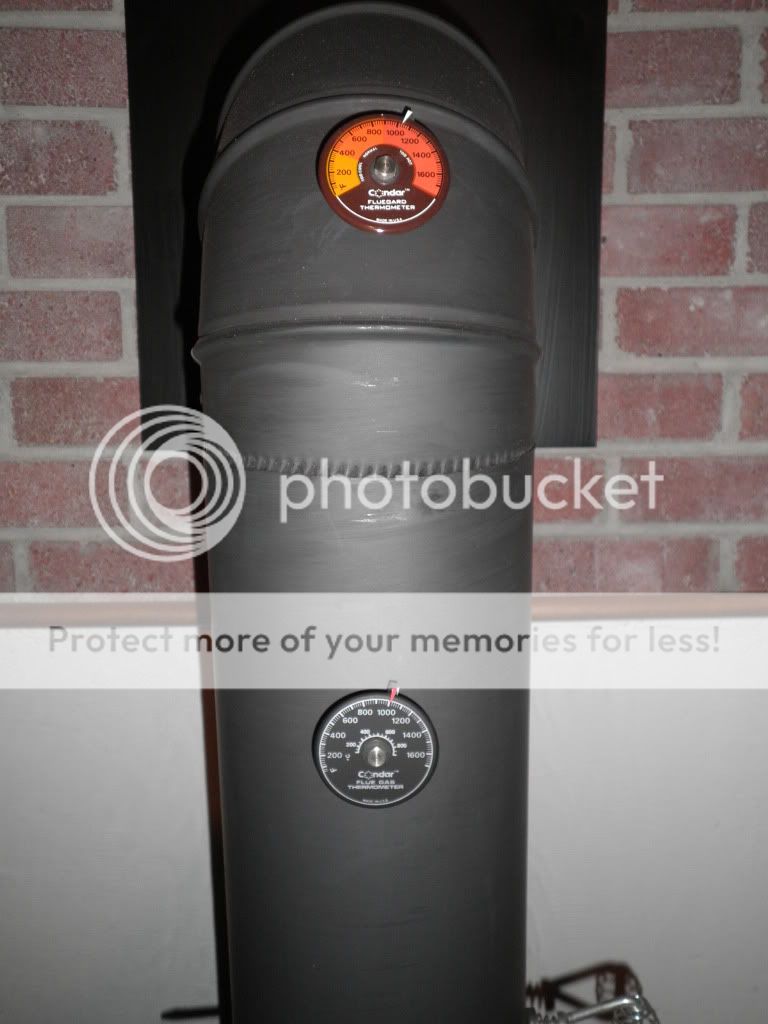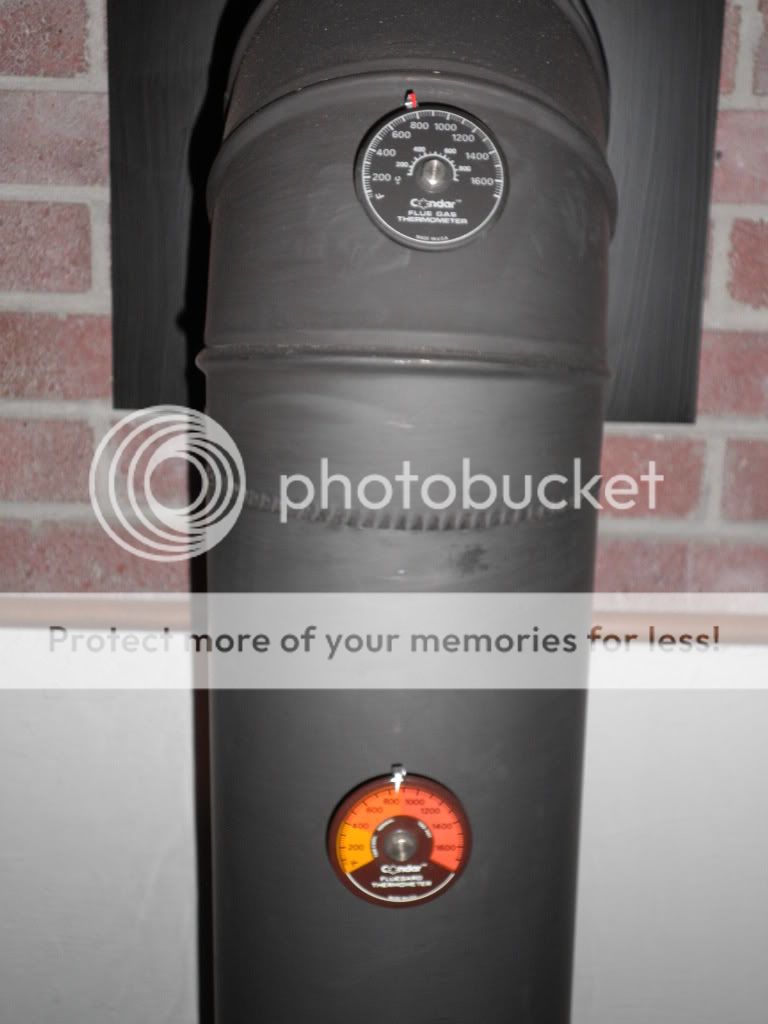Thanks for your email. Your feedback, informed by actual field studies, may actually be correct. The temperature zones on our FlueGard model 3-39 are right for double-wall stovepipe, and Marketing department reports that so far as we’re aware, virtually all customers select this higher-priced thermometer for double-wall installations. Though the product could be used on single-wall stovepipes, the FlueGard zones are wrong for that application, so we’ll delete the idea of using it for single-wall from our Web site and print up new merchandising hangcards for this zoned-dial product right away.
Not long ago Condar discontinued the black model 3-19 probe thermometer which showed no zones. Its instructions didn’t talk about using it on single-wall stovepipes. Consumers wanted the zone. I’d appreciate your take on what the practical “best operation†zone is on single-wall pipe. It would be easy for us to manufacture a thermometer with no zones again, or one showing zones specifically for single-wall pipe, if there’s a viable market for it.
As you know, Condar makes several stovepipe surface thermometers (ChimGard and WoodSaver, for example) that perform effectively on single-wall flue pipe. Our stovepipe surface thermometers have been tested extensively by woodstove engineers around the world, so we believe this product is most accurate for any stove with single-wall flue pipe, like yours. While their response time isn’t as quick as probe thermometers, they don’t need to be replaced after about 4000 hours of use, due to degrading of the probe as explained in our instructions you have. So the higher cost of the probe thermometer and the “permanence†of the surface type have made them the preferred product for single-wall applications.
We’ve seen a trend toward more use of magnetic Stove Top thermometers, like our INFERNO model, where consumers have double-wall installations. Dealers tell us most people like avoiding holes in their stovepipes, and so our surface thermometers with dial-zones specifically for the hotter temperatures of (most brands’) stove tops are growing in popularity.
Thanks again for bringing this important issue to Condar’s attention, and feel free to share our dialogue.





